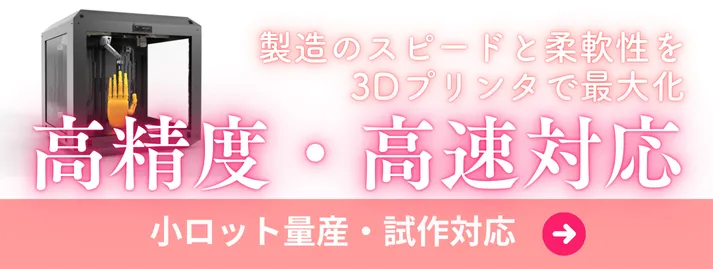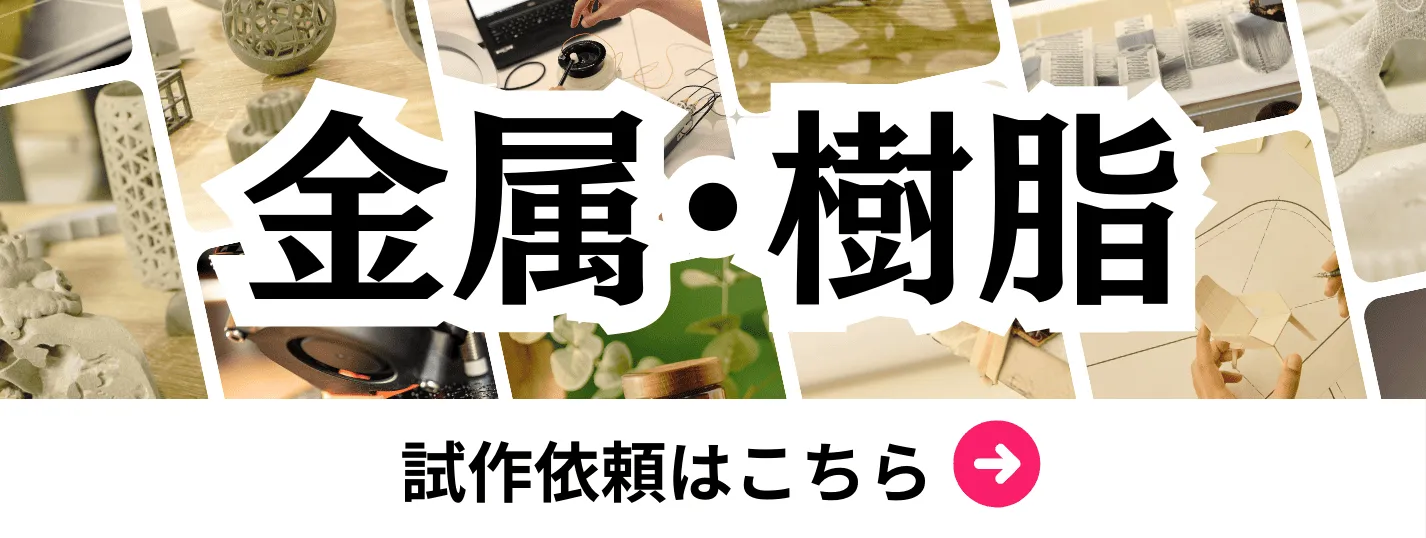- お役立ち記事
- Dissimilar material joining technology in automobiles and its application to weight reduction and performance improvement
月間76,176名の
製造業ご担当者様が閲覧しています*
*2025年3月31日現在のGoogle Analyticsのデータより

Dissimilar material joining technology in automobiles and its application to weight reduction and performance improvement

目次
Understanding Dissimilar Material Joining Technology
In the automotive industry, dissimilar material joining technology has become a cornerstone for innovation, particularly in the quest for weight reduction and performance enhancement.
As vehicles strive to become more efficient and eco-friendly, the fusion of different materials helps manufacturers achieve these goals.
At its core, dissimilar material joining technology refers to techniques used to bond materials that have differing properties.
These methods are vital in automotive design, where combining light, strong materials can lead to more efficient vehicles.
The challenge lies in ensuring that these different materials can be joined securely and effectively.
The Importance of Weight Reduction in Automobiles
One of the main drivers for employing dissimilar material joining is weight reduction.
In the automotive world, every pound counts.
Lighter vehicles consume less fuel, which leads to better mileage and lower emissions.
Moreover, weight reduction can enhance a car’s acceleration, braking, and overall handling.
Traditional vehicles were primarily made from steel.
However, since steel is heavy, automakers now incorporate lighter materials such as aluminum, magnesium, and composites.
Joining these materials to steel and each other requires advanced technologies to maintain the vehicle’s integrity and performance.
Performance Improvement Through Material Innovation
Dissimilar material joining not only reduces weight but also bolsters vehicle performance.
Different materials have unique characteristics: for example, aluminum is lightweight and corrosion-resistant, while steel offers strength and durability.
By merging these materials, manufacturers can create vehicles that are both lightweight and robust.
The flexibility offered by using different materials also opens doors for improved safety features.
Advanced materials can absorb and distribute crash energy better, thereby enhancing the protection offered by the vehicle body.
Techniques in Dissimilar Material Joining
Several techniques have been developed to facilitate the joining of dissimilar materials in automobiles.
These include mechanical fastening, adhesive bonding, and advanced welding methods.
Mechanical Fastening
Mechanical fastening is one of the simplest forms of joining materials.
Methods such as screws, bolts, and rivets are typical examples.
While effective, this approach often adds extra weight to the vehicle.
Hence, it’s used sparingly, often in combination with other technologies.
Adhesive Bonding
Adhesive bonding employs chemical formulations to join different materials.
This technique is favored for its ability to distribute stress evenly across the joint, which minimizes the chance of structural failure.
It’s also beneficial because it adds negligible weight, making it ideal for applications where weight is critical.
Advanced Welding Methods
Innovations in welding have significantly advanced dissimilar material joining.
Techniques such as friction stir welding and laser welding allow for precise and strong bonds.
These methods are particularly well-suited for joining metals like aluminum and steel.
Applications in Modern Vehicle Manufacturing
Dissimilar material joining technologies are central to producing lighter, more efficient vehicles.
Let’s explore how automakers are using these technologies in practice.
Body and Frame Construction
The most significant application of these technologies is in constructing the car body and frame.
By joining various materials, manufacturers create a strong yet lightweight structure.
This hybrid construction is commonplace in modern vehicles and essential for meeting stringent fuel efficiency regulations.
Battery Enclosures in Electric Vehicles
Electric vehicles (EVs) present a unique set of challenges for manufacturers, especially concerning battery enclosures.
These need to be robust to protect the battery cells yet lightweight to maximize range.
Dissimilar material joining allows manufacturers to craft enclosures from an optimal mix of materials, ensuring both safety and efficiency.
Automotive Interiors
In car interiors, the fusion of materials provides both aesthetic appeal and durability.
Techniques in joining allow for the integration of different textures and strengths that enhance the comfort and look of vehicle cabins.
Future Trends in Dissimilar Material Joining
As the automotive industry evolves, so too will the technologies used in dissimilar material joining.
Innovative Materials
Research is ongoing into developing new materials that could offer enhanced performance and easier bonding capabilities.
This will likely result in even lighter, stronger vehicles in the future.
Automation and Precision
The trend towards automation in manufacturing will also impact how dissimilar materials are joined.
More precise robots and machinery will facilitate even tighter tolerances and stronger bonds between dissimilar materials, further improving vehicle performance and safety.
Sustainability
Sustainability remains a top priority within the automotive sector.
By using dissimilar material joining, automakers can optimize the use of recycled materials, significantly lowering the environmental impact of production and contributing to a more sustainable manufacturing process.
In conclusion, dissimilar material joining technology is at the forefront of transforming the automotive industry.
Through innovative methods and careful application, vehicles are becoming lighter, more efficient, and better suited to meet the demanding needs of modern drivers and environmental standards.
As these technologies continue to advance, the future of automotive manufacturing looks promising, with enhanced performance and sustainability paving the way.
 資料ダウンロード
資料ダウンロード
QCD管理受発注クラウド「newji」は、受発注部門で必要なQCD管理全てを備えた、現場特化型兼クラウド型の今世紀最高の受発注管理システムとなります。
 ユーザー登録
ユーザー登録
受発注業務の効率化だけでなく、システムを導入することで、コスト削減や製品・資材のステータス可視化のほか、属人化していた受発注情報の共有化による内部不正防止や統制にも役立ちます。
 NEWJI DX
NEWJI DX
製造業に特化したデジタルトランスフォーメーション(DX)の実現を目指す請負開発型のコンサルティングサービスです。AI、iPaaS、および先端の技術を駆使して、製造プロセスの効率化、業務効率化、チームワーク強化、コスト削減、品質向上を実現します。このサービスは、製造業の課題を深く理解し、それに対する最適なデジタルソリューションを提供することで、企業が持続的な成長とイノベーションを達成できるようサポートします。
 製造業ニュース解説
製造業ニュース解説
製造業、主に購買・調達部門にお勤めの方々に向けた情報を配信しております。
新任の方やベテランの方、管理職を対象とした幅広いコンテンツをご用意しております。
 お問い合わせ
お問い合わせ
コストダウンが利益に直結する術だと理解していても、なかなか前に進めることができない状況。そんな時は、newjiのコストダウン自動化機能で大きく利益貢献しよう!
(β版非公開)









